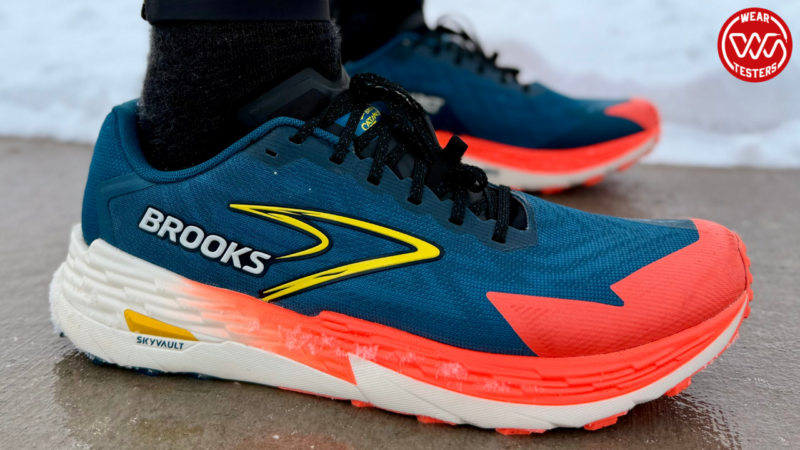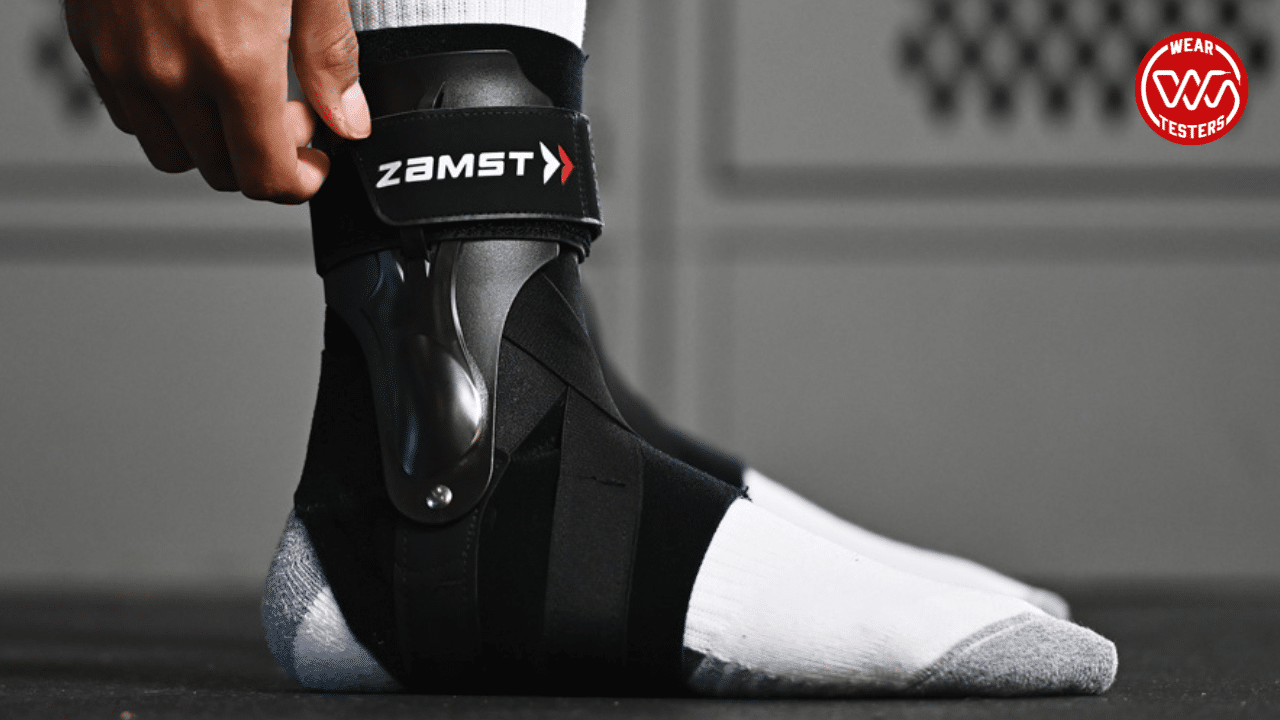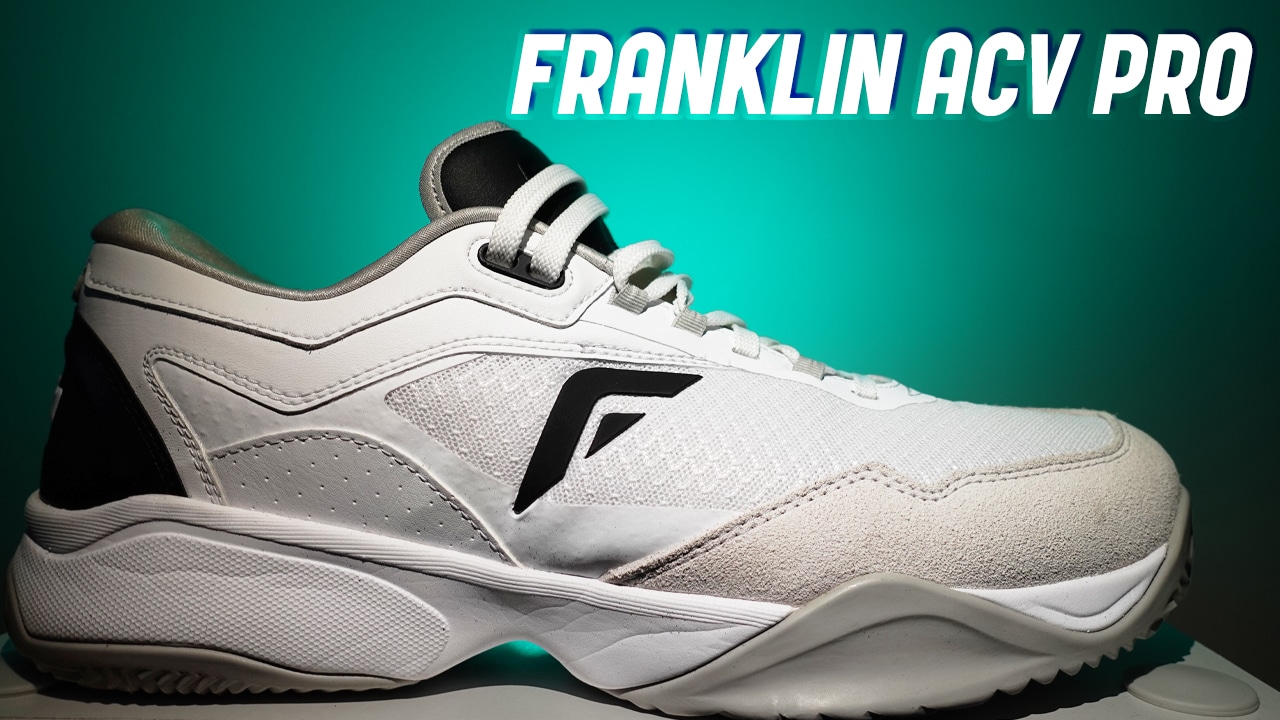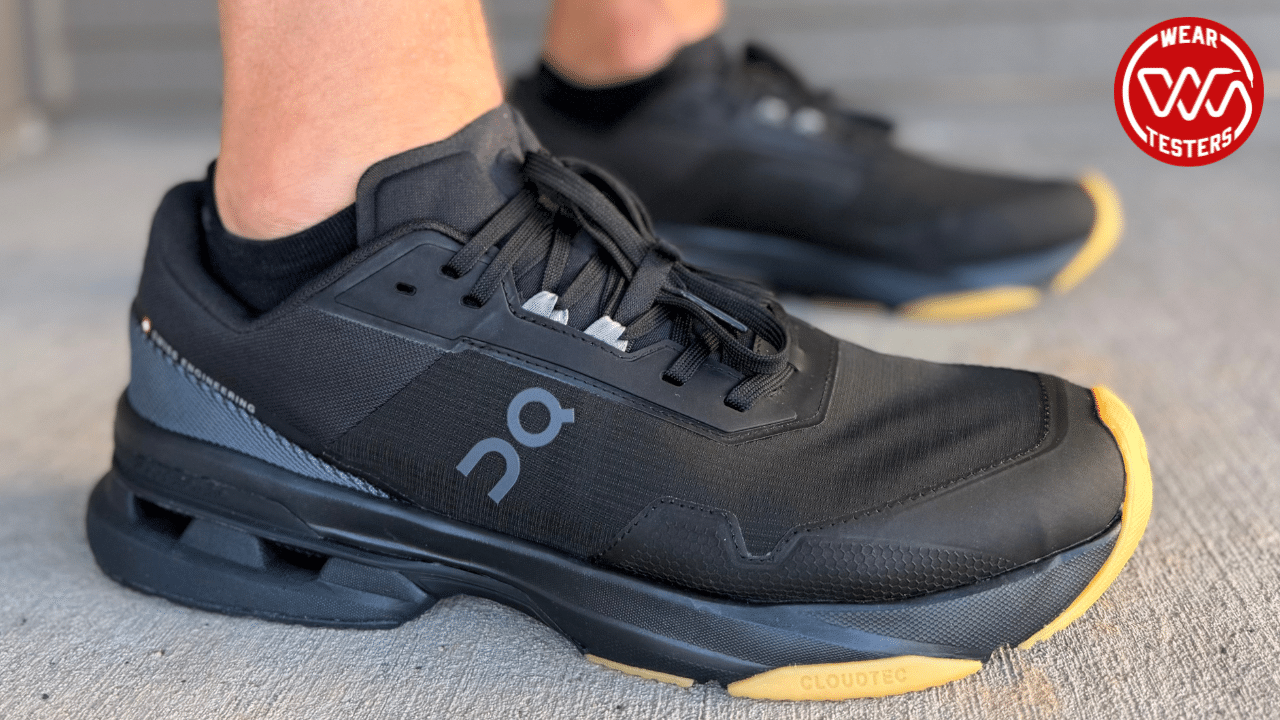The Brooks Catamount returns with the 4th iteration of the shoe and some big tweaks to the design. The Catamount has built up a reputation as a reliable, quick workhorse, and deservedly so, as the third version of the shoe proved its mettle in the trail scene. While tweaks to the upper were minor, the Brooks Catamount 4 features both an updated DNA Flash v2 midsole and an updated SkyVault plate, dubbed the SkyVault v2 Trail Plate. Notably, the plate was shifted from the forefoot and is placed farther back in this shoe to deliver a snappier ride.
The delivery of the Brooks Catamount 4 had Brooks enthusiasts and trail hounds alike excited as it looked to address some of the Catamount 3’s shortcomings. So, how did the shoe stack up to expectations? Let’s dive in.
Brooks Catamount 4
Release Date: January 1, 2025
Price: $170
Men’s Weight: 9.5 oz. / 269 g
Women’s Weight: 8.5 oz. / 241 g
Drop: 6mm (34mm heel, 28mm forefoot)
Sizing: True to size
- Rundown: The Brooks Catamount 4 is a light, nimble, and speedy offering from the Brooks trail lineup. This shoe is designed to take you through any type of terrain with precision and speed.
Pros
- Redesigned upper is comfortable
- TrailTack Green outsole is solid
- Added stack helps for long efforts
Cons
- Redesigned midsole is stiff and lacking pop
- Bulkier than the previous version

What is the Brooks Catamount 4?
The Brooks Catamount 4 is a fast-paced, technical shoe in Brooks’ trail lineup. It’s designed to move at quicker paces, with an emphasis on control and stability. Brooks describes this shoe “as best for trail races, all-terrain traction, and uphill efficiency. Reach for the Catamount 4 when you want something secure, agile, and quick.”
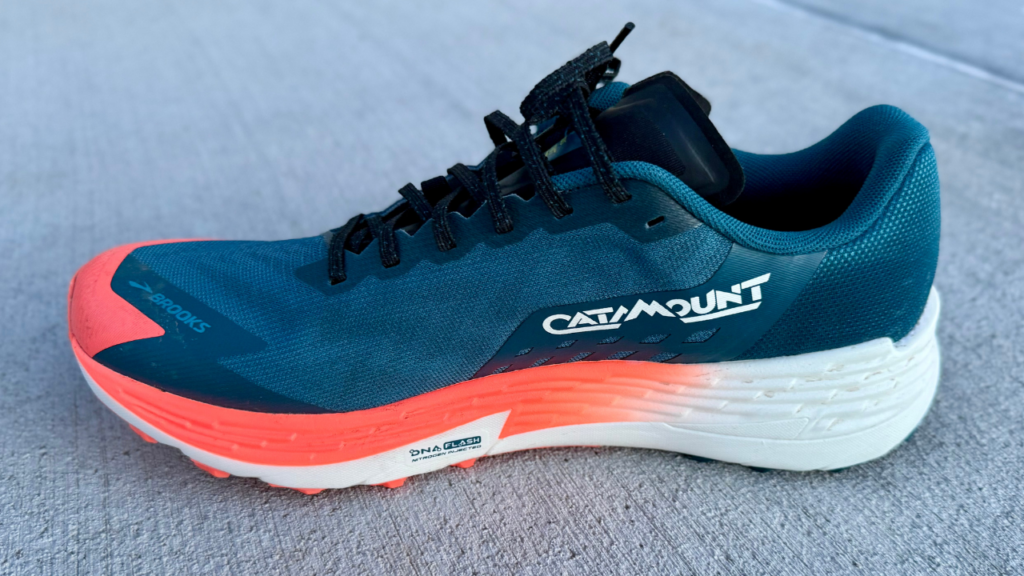
Cushion
Sam: With an added stack of 2mm compared to the Catamount 3, the Brooks Catamount 4 provides a bit more foam underfoot, which is ideal for those wanting to take it longer distances. Despite the added stack and protective ride, I still found this shoe to be stable and controlled. The SkyVault Plate provides a little snap and helps propel you when you start to increase your kick or head up steeper terrain.
The updated midsole foam for this shoe was, to be frank, way too stiff for my liking. I kept waiting for the next run to be the one where the foam softened up a little, but it never reached that point. With the Catamount 4 intended to be a race-day option, I think Brooks missed on delivering a foam that provides ample response and energy return. Coupled with a plate, you get an underfoot that just feels solid. I’m really not quite sure what happened here. I just couldn’t get the foam to soften up underfoot, and I can’t imagine racing something like a 50K with a midsole this stiff.
Brooks Trail Runners pro Joe McConaughy recently took third in the Black Canyon 100K race, notably wearing the Catamount 3 – which maybe means I’m not the only one who felt the midsole on the 4 was a miss. I’m hoping Drew had a different experience!
Drew: Sadly, I didn’t. The Brooks Catamount 4 feels firm underfoot. While wearing it, I wondered, has the trail shoe market just changed so much that I now feel the Catamount is too firm? Or is it actually too firm?
Sam’s anecdote about the Brooks pro and my recent experiences with other trail shoes leads me to believe that this version of DNA Flash v2 just ended up with a durometer that was harder than intended. It softened up way less over time than I expected, and the SkyVault Trail Plate sometimes made me think the heel and forefoot weren’t on the same page.
This creates a much better hiking shoe than trail running shoe…but I don’t feel like many hikers would even consider it due to its speed-focused messaging. I would have liked to swap the Catamount 3’s midsole with everything else from the Catamount 4…which, with improving midsole foam technology, is not something I say very often, if at all, in today’s running shoe market.
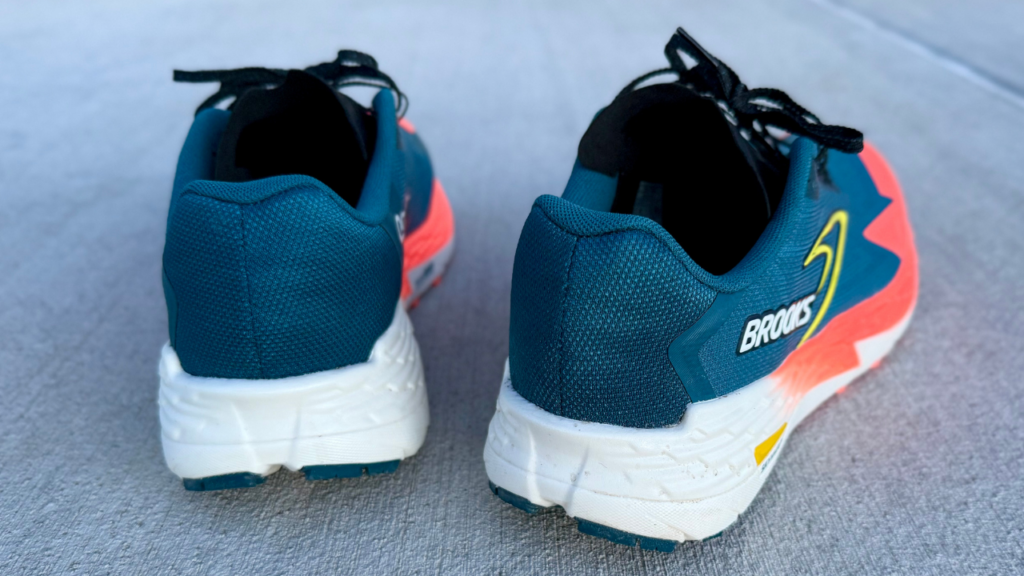
Support
Sam: Despite my reaction to the stiffness of the midsole, the added rigidity provides for a very stable and supportive ride. There’s not a lot of give, so naturally the shoe supports your foot well. I find this shoe is wide through the forefoot, and the heel cup hugs the foot nicely near the back.
It’s a precise shoe, meaning my foot didn’t move around a lot on steep or technical terrain, which allows for a confident ride. Like I mentioned above, I wouldn’t take this shoe out for long distances, but it may be something I reach for on a short, but steep day.
Drew: Sam nailed it. The Brooks Catamount 4 is highly stable due to the midsole setup. Your foot also won’t slide around inside the shoe like it could on the Catamount 3. It fits trail-tight in a way that supports your foot but still lets you wiggle your toes and utilize them on iffy terrain.
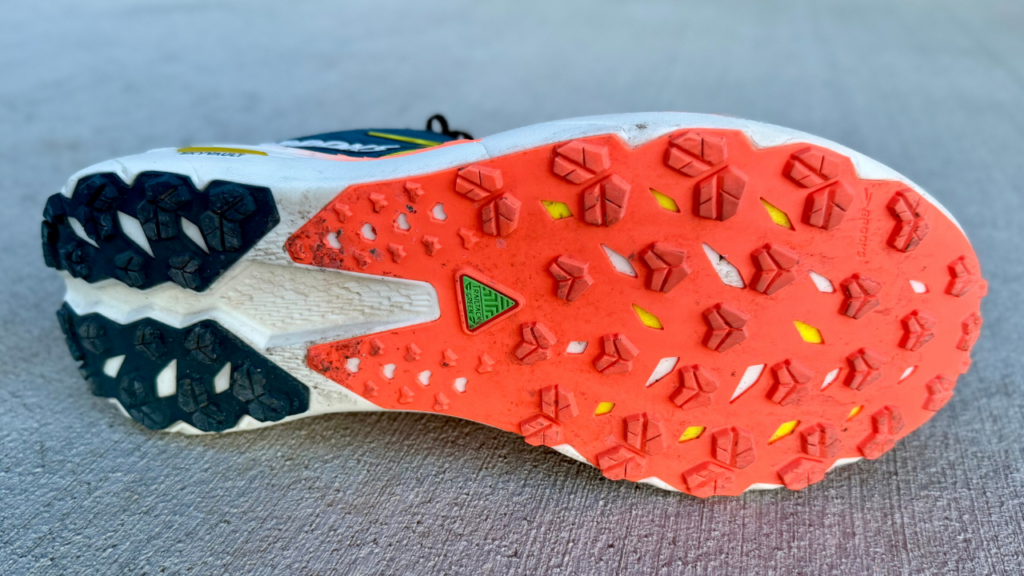
Traction
Sam: The TrailTack outsole from Brooks always provides some pretty solid grip. The lugs aren’t noticeably deep, but they are sticky and provide ample grip on the trail. I found the rubber to be fairly sticky on wet surfaces and also somewhat flexible for uphill movement. It’s a crowded outsole pattern, but mud was shed pretty easily, making this a nice option for the thawing spring days that I often experience here in SLC. It’s enough grip to handle various terrains but not so much that it gets in the way of the ride.
Drew: The TrailTack outsole on the Brooks Catamount 4 is the best outsole yet for a Catamount. Yes, the lugs aren’t deep as this shoe is built for speed, but the spacing and tackiness was perfect for snowy days. Whereas previous Catamounts could result in some serious slip-and-slide action [Editor’s Note: Is this what immediately came to mind for any other 80s/90s kids out there…?], I felt confident in the Catamount 4 and believe it can handle almost any type of terrain.
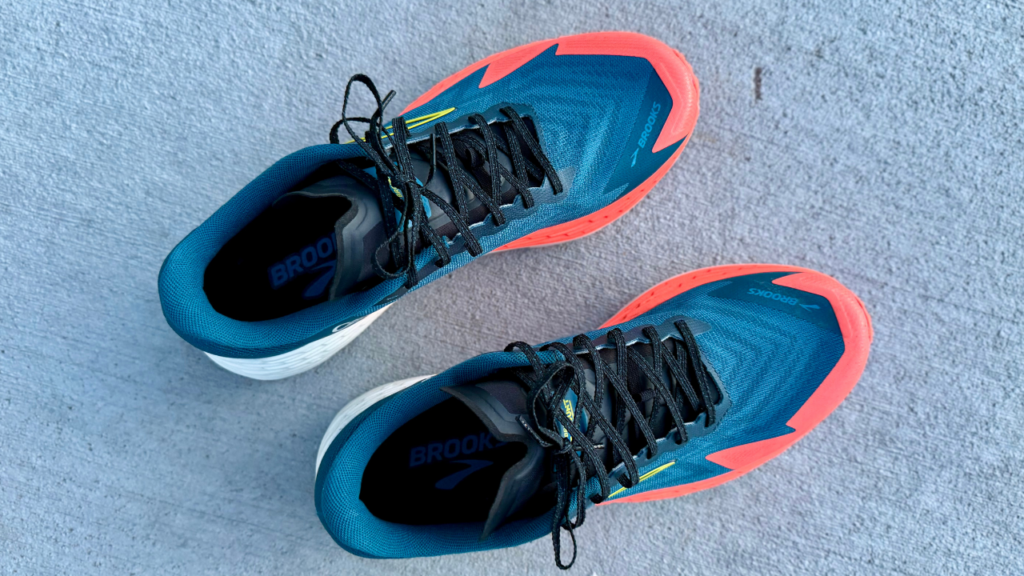
Upper
Sam: With a slightly redesigned upper, Brooks completed the Catamount 4 with a single-layer mesh. A slight TPU overlay caps the forefoot. A gusseted tongue with a straightforward lacing pattern plus a padded heel counter round off the upper to give you a shoe that locks down nicely and is comfortable. I find the mesh to be very pliable and soft. I haven’t had the opportunity to test the shoe on super hot days yet, but I’m hopeful the upper will breathe.
The upper did feel a bit thick, or possibly over-engineered, but it still remained lightweight and soft. Coupled with a supportive midsole, this part of the Brooks Catamount 4 excels at keeping your foot secure and stable while running.
Drew: I agree with Sam that the upper on the Brooks Catamount 4 could be an issue on a warm day. But it’s dependable and comfortable in cold weather and hugs the foot. The gusseted tongue fits like a glove and helps prevent some detritus from getting into the shoe. It’s a great cold-weather trail shoe upper and makes me wish the midsole could match it.
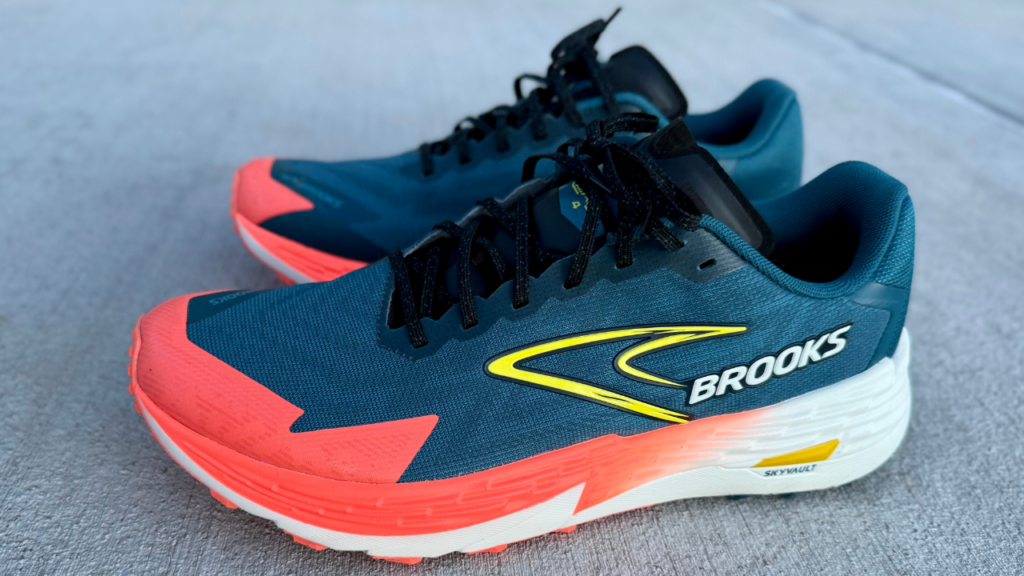
Is the Catamount 4 wide foot friendly?
Sam: I found the forefoot had enough room for wide-footers.
Drew: For a shoe that fits close to the foot, the Brooks Catamount 4 should accommodate wide-forefooters nicely. If you’ve got a wide midfoot or heel…I’d recommend trying them on in store as there may not be enough room with the shoe’s formfitting feel in the mid-to-rearfoot.
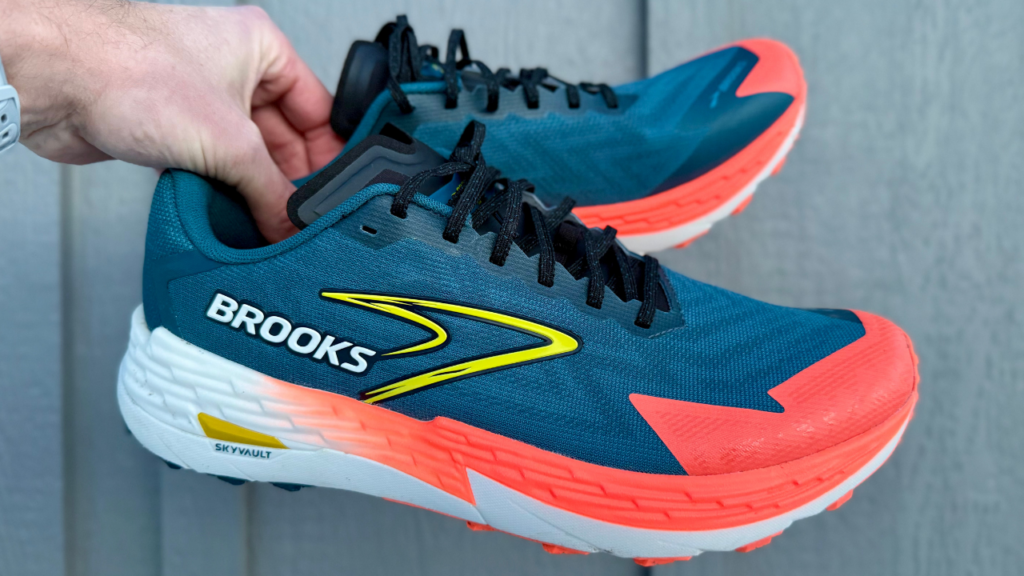
Is the Brooks Catamount 4 worth $170?
Sam: As the market goes, it’s worth $170.
Drew: Given the technology included, the Brooks Catamount 4 is priced about right. However, the dull midsole means $170 is going to feel too high. For that price, I want a bouncier and more plush or protective foam underfoot. I’d wait for the Catamount 4 to go on sale before buying.
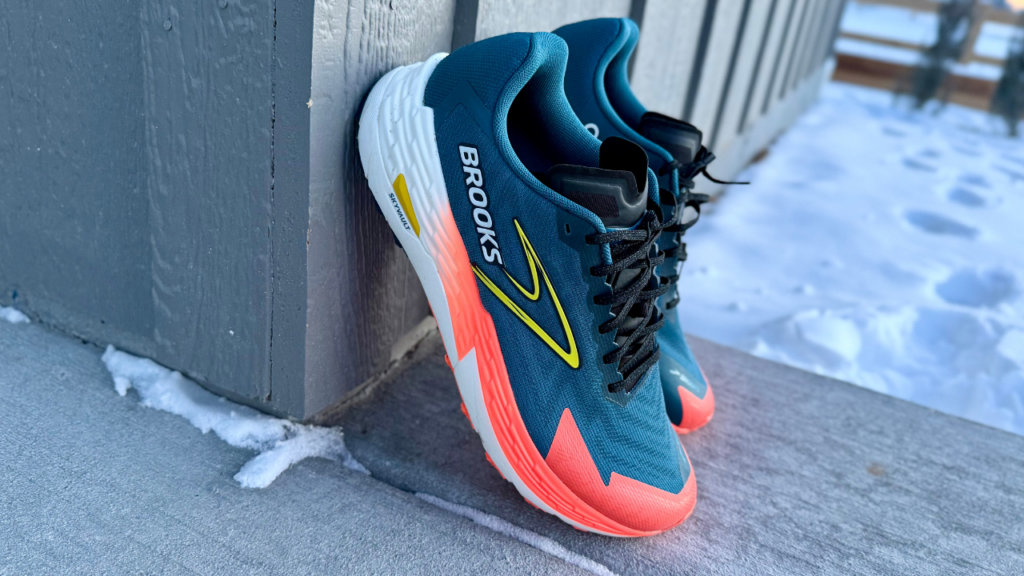
How to use the Brooks Catamount 4
The Brooks Catamount 4 is intended for fast days and vertical pursuits. With the SkyVault Trail Plate and supportive design, this shoe will help push you uphill while keeping your foot locked in place for precarious movements.
When you turn around to head back downhill, fear not, as precision is the name of the game with a shoe like the Catamount 4. Although it’s a good choice for your more technical mountain runs, I wouldn’t use this shoe on longer days due to the stiff midsole.
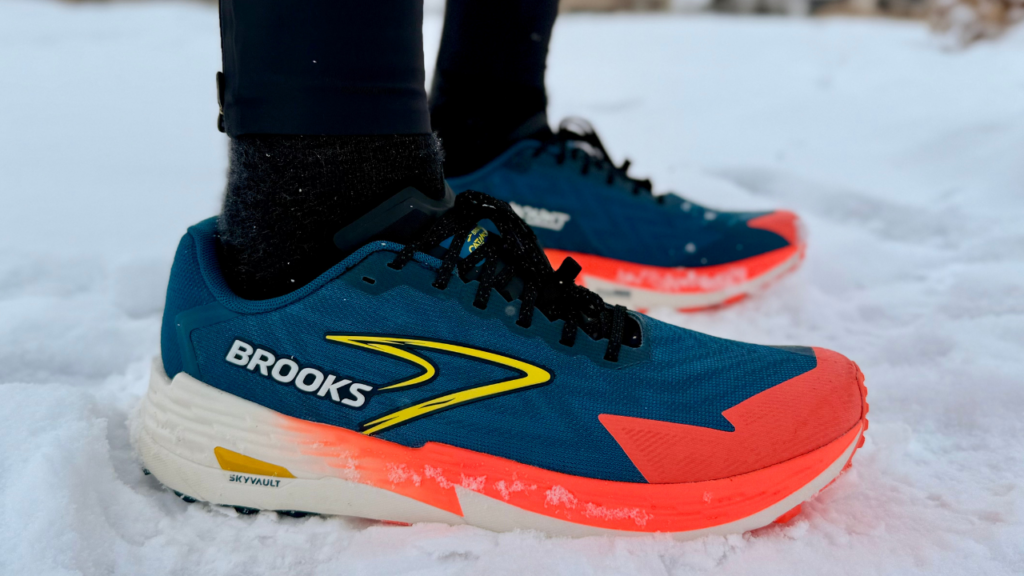
Brooks Catamount 4 Summary
Sam: The Brooks Catamount 4 is an honest and intentional shoe. Brooks set out to produce a ride that’s meant for specificity. With an updated design and an all-around supportive ride, the Catamount 4, as its name would imply, moves with grace in areas that would seem to deter most.
While the updates to the midsole and ride intended to make this shoe better, I was unfortunately let down with the lack of pop I had been expecting. The stiffness of this midsole limits the shoe’s performance. That being said, it serves a place in the shoe quiver for those looking for something for the short and punchy days.
Drew: The Brooks Catamount 4 does almost everything right…except for the underwhelming midsole. Unfortunately, the midsole is a huge part of what drives the pricing and, ultimately, the sales of a trail running shoe these days. But, if you need a reliable hiking shoe that feels nimble and agile while being extremely supportive and stable, this is a shoe that can shine while filling that niche.
How does the Author Run?
Drew Whitcomb (age 43, 6’6″ 200lbs): Runs daily with a once a week rest day. Runs a lot of miles due to testing needs and a growing affinity for long-distance races. Regularly competes in marathons, half-marathons, 10k, and 5k races.
Sam Lohse (age 28, 6’0″, 170 lbs): Runs daily, sometimes morning/night doubles, with one rest day a week (typically). Hangs right around 40-50 miles a week in general unless in race-specific training. Races distances from 50K to 100 miles, almost always on the trails.
Disclosure
While Brooks did provide pairs of the Catamount 4 to facilitate this review, the company had no involvement in this review, didn’t receive an advance look at it, and has not attempted to influence it.

